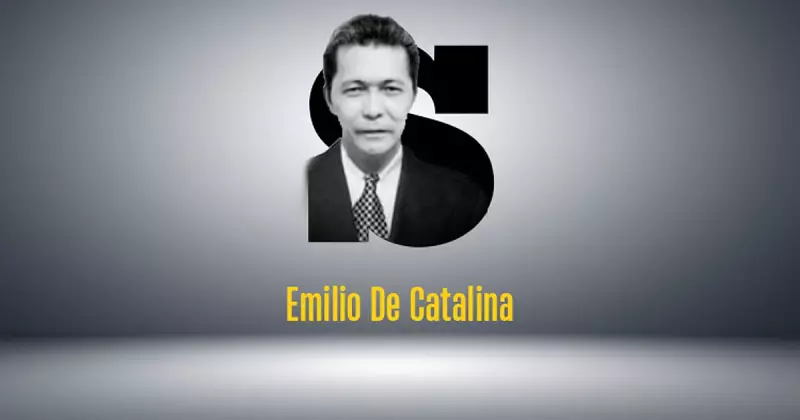
In a significant contribution to Philippine linguistics, Dr. Emilio de Catalina has published an extensive analysis of the morphological structures within the Binisaya-Sinugbuanong language. The research, released on November 8, 2025, through the AKABI platform, provides a systematic examination of what the author terms "ludlis sa pulong" or word forms that are fundamental to understanding this widely spoken Philippine language.
The Foundation of Cebuano Morphology
The study identifies nine distinct word forms that constitute the building blocks of the Binisaya-Sinugbuanong language's morphological system. These linguistic patterns, known as ludpung in the vernacular, represent various phonological and morphological processes that native speakers regularly employ in daily communication.
According to Dr. de Catalina's research published on the AKABI page, understanding these word forms is crucial for studying the morphological aspect of the language. The comprehensive framework covers everything from sound alterations to complete word transformations that characterize this dynamic Philippine language.
Six Key Word Forms Explained
Due to space limitations in the current publication, the research initially focuses on the first six word forms, with the remaining three scheduled for discussion in subsequent installments. This structured approach allows for thorough examination of each linguistic pattern.
The initial analysis covers Pulihogan (homophone), words that sound identical but have different meanings and spellings. Following this is Putlong (apocope), which involves the omission of the final sound or syllable of a word.
The third form, Laktong (aphaeresis), describes the loss of one or more sounds from the beginning of a word. Panghulipan (substitution) constitutes the fourth form, where speakers replace certain sounds with others in specific linguistic contexts.
The research also details Pulohigan (heteronym) as the fifth form, referring to words with identical spellings but different pronunciations and meanings. Rounding out the initial six is Huglong (syncope), which involves the deletion of sounds from the interior of a word.
Remaining Forms and Future Research
Three additional word forms identified in Dr. de Catalina's research will be explored in future publications. These include Kahugtong (contraction), where two words combine with omitted letters; Puluhogan (homonym), words that share both spelling and pronunciation but have different meanings; and Unwalong (aphesis), the loss of an unstressed vowel from the beginning of a word.
This systematic categorization provides valuable insights for linguists, educators, and language enthusiasts seeking to understand the complex morphological patterns of the Binisaya-Sinugbuanong language. The research represents a significant step forward in documenting and preserving the linguistic heritage of the Philippine languages.
The publication timing and methodology reflect rigorous academic standards while making complex linguistic concepts accessible to both specialists and general readers interested in Philippine languages and culture.





